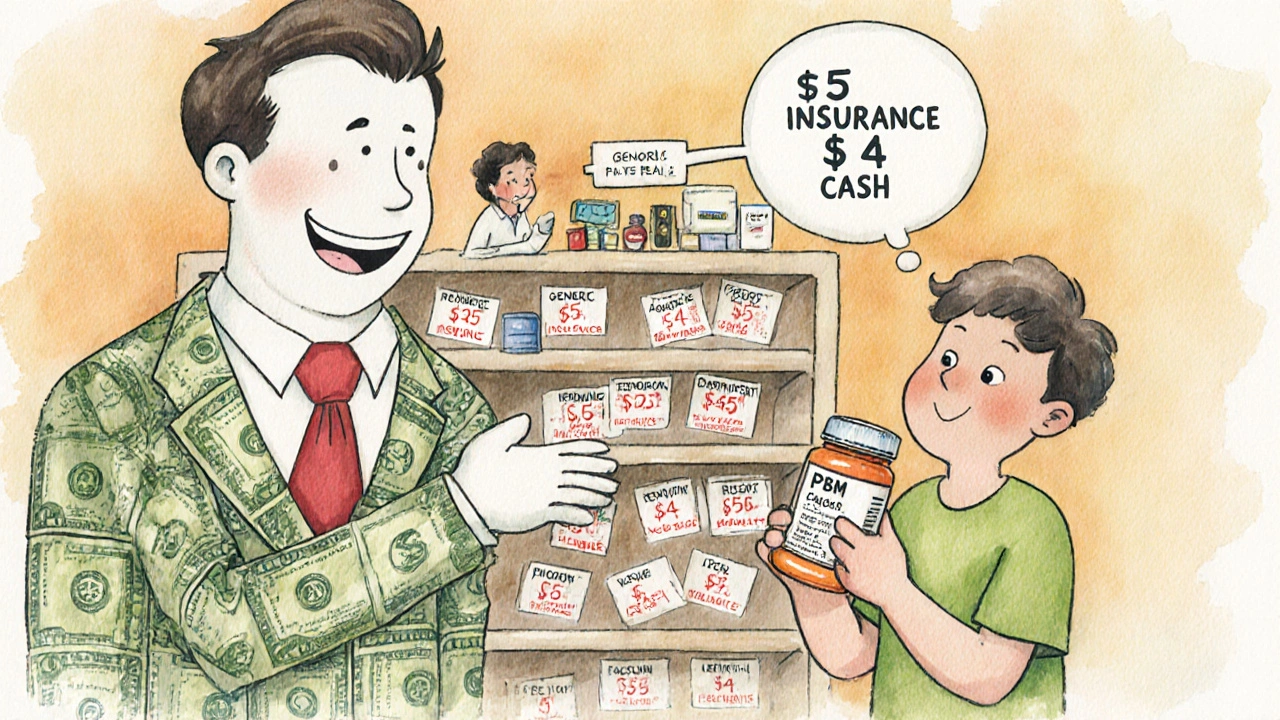Insurance Formularies: What They Are and How They Control Your Medication Costs
When your pharmacy says your drug isn’t covered, it’s not a mistake—it’s your insurance formulary, a list of medications approved by your health plan, organized by cost and clinical preference. Also known as a drug formulary, it’s the hidden rulebook that determines whether you pay $5 or $500 for the same pill. Every plan—from Medicare Part D to private employer plans—uses one. And while they’re designed to control costs, they often force you to jump through hoops just to get the medicine your doctor prescribed.
Behind every formulary are tiered formularies, a system that groups drugs into levels based on price and preference. Tier 1 usually has generic drugs with the lowest copay. Tier 2 is brand-name meds with moderate cost. Tier 3 and 4? Those are expensive specialty drugs that often require prior authorization. If your drug’s on Tier 4, you might need your doctor to prove it’s necessary before the plan even considers paying. And if it’s not on the list at all? You’re out of luck unless you appeal or pay full price. This isn’t random. Formularies are shaped by drug manufacturers who pay rebates to insurers for preferred placement. That’s why a cheaper generic might be on Tier 1 while a more effective brand is stuck on Tier 4—even if it’s the one your doctor trusts.
It gets worse. Many plans now use copay accumulator programs, policies that don’t count manufacturer coupons or copay cards toward your deductible. So if you’re using a $100/month card to afford your insulin, that $1,200 doesn’t help you hit your deductible. Come January, you’re suddenly responsible for the full cost again. This trick is legal, widespread, and quietly pushes patients into financial crisis. Meanwhile, prior authorization, a process where your doctor must get approval before the insurer pays, can delay treatment for weeks. One patient waiting for a generic version of a drug for multiple sclerosis lost six months of stability because the formulary changed mid-treatment. These aren’t edge cases—they’re standard practice.
What you’ll find in the posts below isn’t just a list of articles—it’s a practical toolkit. You’ll see how insurance formularies impact everything from generic drug access to emergency medication use. Learn why some drugs disappear from formularies overnight, how to fight a denial, and how to use copay cards without getting burned. We’ll break down real cases: a man stuck paying $1,200 for his asthma inhaler because his plan dropped it from Tier 2, a woman who switched from brand-name Keppra to a generic after learning her formulary changed its tier, and how FDA policy shifts are forcing insurers to cover more U.S.-made generics. No fluff. Just what you need to navigate the system before your next prescription runs out.
How Insurer-Pharmacy Negotiations Set Generic Drug Prices in the U.S.
Generic drug prices are set by hidden middlemen called PBMs, not insurers or pharmacies. Learn how spread pricing, gag clauses, and formulary negotiations make insured patients pay more than cash buyers-and what you can do about it.
View More
